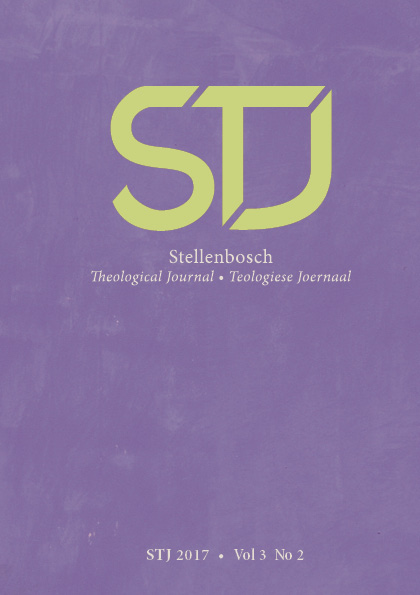Abstract
This article deals with how a flat character in a biblical narrative could grow and assume a life of its own that becomes the example par excellence of holiness for many believers throughout the ages. Inspired by the work of B. R. Gaventa and her narrative reading of the Gospel texts and exploration of the characterisation of Mary, I would like to explore the dynamic of reception history and the changing criteria for holiness. I will consider the phenomenon of characterisation in narratives, the blurring of lines in interpretation and how a character in a narrative, which is an artificial construct, is taken out of that context and placed in contexts determined, in a sense, by generations of ’new narrators’ with changing understandings of holiness.
This work is licensed under a Creative Commons Attribution 4.0 International License.
Copyright (c) 2017 Lisel Joubert

